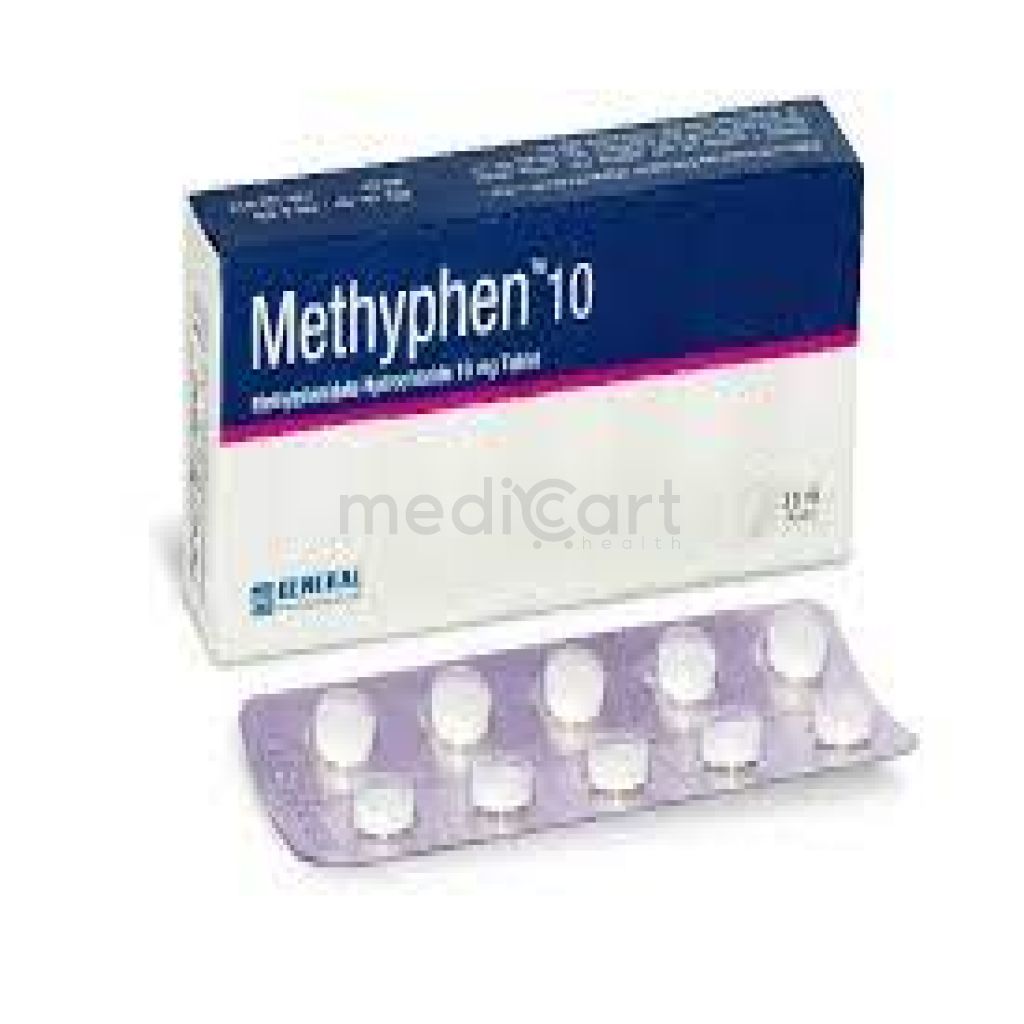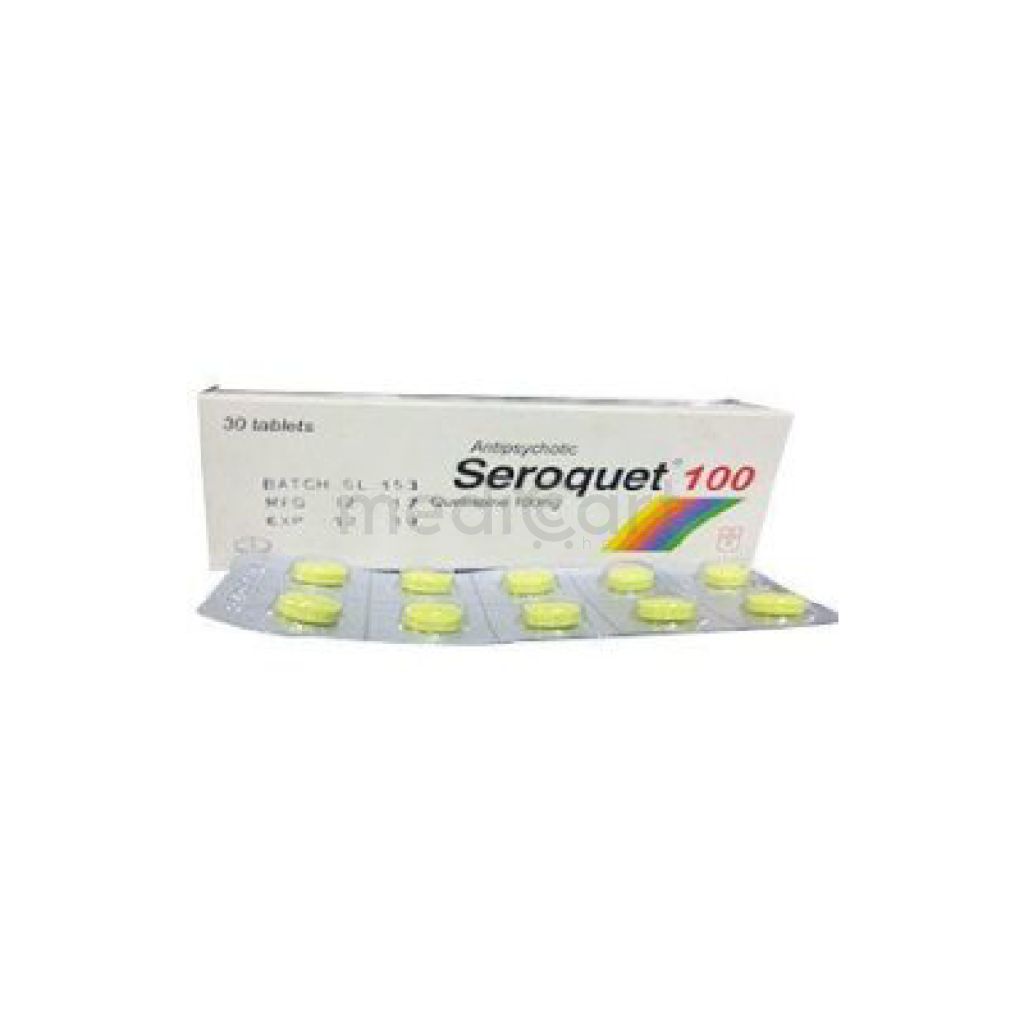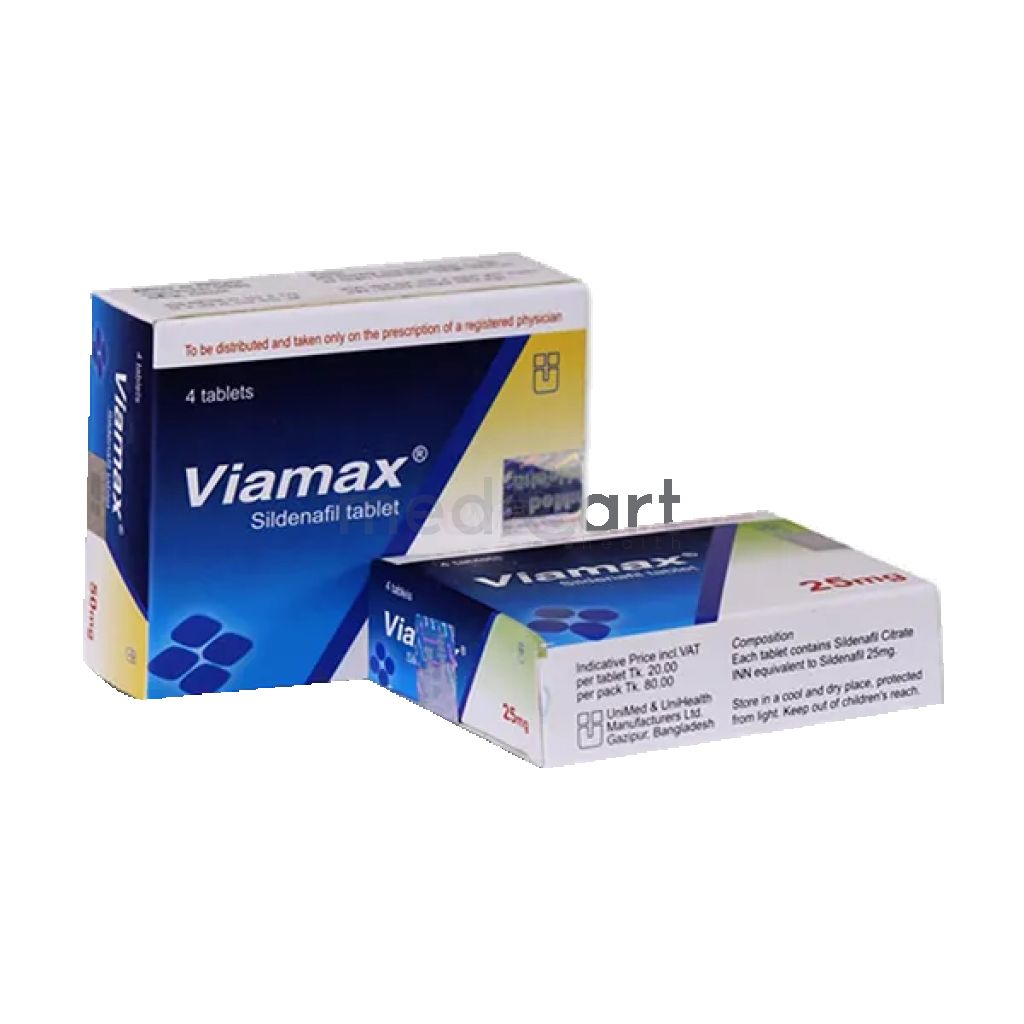

Methyphen - 10mg
Tablet
Pack Size :
10 Tablet x 1 Strip
Generics :
Methylphenidate Hydrochloride
Manufacturer :
General Pharmaceuticals Ltd.
Best Price *
TK
150.00
* Delivery will be done in Dhaka city only.
Alternative Product
More Information About - Methyphen - 10mg
Description
Generic Name
Methylphenidate HydrochloridePrecaution
Pregnancy and lactation. History of alcohol or drug abuse. Hypertension and other CV disorders that might be exacerbated by increases in BP or heart rate. Pre-existing psychosis or bipolar disorder; monitor for symptoms of aggression or hostility. History of seizure disorder. Children <6 yr (growth suppression); monitor growth during therapy. May impair ability to drive or operate machinery. Transdermal: Avoid exposure of application site to any direct external heat source. Lactation: Unknown; avoid during breastfeeding; use cautionIndication
Narcolepsy, Attention Deficit Hyperactivity DisorderContra Indication
Marked anxiety, tension, agitation; glaucoma; Tourette's syndrome or tics. Known severe structural cardiac abnormalities, cardiomyopathy, serious heart rhythm abnormalities, or other serious cardiac disorders that could increase the risk of sudden death. Extended-release form: Severe hypertension, heart failure, arrhythmia, hyperthyroidism, recent MI or angina.Dose
N/ASide Effect
Angina, arrhythmia, cerebral arteritis, cerebral occlusion, changes in BP, MI, necrotising vasculitis, palpitation, pulse changes, tachycardia; depression, dizziness, drowsiness, fever, headache, insomnia, nervousness, neuroleptic malignant syndrome (NMS), Tourette's syndrome, toxic psychosis; erythema multiforme, exfoliative dermatitis, hair loss, rash, urticaria; growth retardation; abdominal pain, anorexia, diarrhoea, nausea, vomiting, weight loss; anaemia, leukopenia, thrombocytopenic purpura, thrombocytopenia; abnormal LFTs, hepatic coma, increased transaminases; arthralgia, dyskinesia; blurred vision, visual accommodation disturbance; cough, pharyngitis, sinusitis, upper respiratory tract infection; accidental injury, hypersensitivity. Transdermal: Insomnia, decreased appetite; nausea; tic, emotional instability; vomiting, anorexia; nasal congestion, nasopharyngitis; weight loss.Pregnancy Category
Name : Not Classified
Description
FDA has not yet classified the drug into a specified pregnancy category.Mode of Action
Methylphenidate is a central stimulant and indirect-acting sympathomimetic.Interaction
May reduce effects of antihypertensive agents. Reduced serum level with carbamazepine. Increased serum levels or effects with CYP2D6 inhibitors e.g. chlorpromazine, delavirdine, fluoxetine, miconazole, paroxetine, pergolide, quinidine, quinine, ritonavir, ropinirole. May increase serum levels of phenytoin, TCAs. Possible severe hypertension and tachycardia with sibutramine. CNS depression with alcohol. Potentially Fatal: Severe toxic reactions with clonidine. Increased risk of hypertensive crisis with MAOIs.Pregnancy Category Note
Pregnancy Published studies and postmarketing reports on methylphenidate use during pregnancy are insufficient to inform a drug-associated risk of adverse pregnancy-related outcomes; no teratogenic effects were observed in embryo-fetal development studies with oral administration of methylphenidate to pregnant rats and rabbits during organogenesis at doses up to 2 and 9 times the maximum recommended human dose (MRHD) of 100 mg/day given to adolescents on a mg/m2 basis, respectively; however, spina bifida was observed in rabbits at a dose 31 times the MRHD given to adolescents; a decrease in pup body weight was observed in a pre-and post-natal development study with oral administration of methylphenidate to rats throughout pregnancy and lactation at doses 3.5 times the MRHD given to adolescents CNS stimulant medications can cause vasoconstriction and thereby decrease placental perfusion; no fetal and/or neonatal adverse reactions reported with use of therapeutic doses of methylphenidate during pregnancy; however, premature delivery and low birth weight infants have been reported in amphetamine-dependent mothers Lactation Limited published literature, based on breast milk sampling from five mothers, reports that methylphenidate is present in human milk, which resulted in infant doses of 0.16% to 0.7% of the maternal weight-adjusted dosage and a milk/plasma ratio ranging between 1.1 and 2.7 There are no reports of adverse effects on breastfed infant and no effects on milk production; however, long-term neurodevelopmental effects on infants from CNS stimulant exposure are unknown; consider developmental and health benefits of breastfeeding along with the mother's clinical need for therapy and any potential adverse effects on breastfed infant from drug or from underlying maternal condition Monitor breastfeeding infants for adverse reactions, such as agitation, insomnia, anorexia, and reduced weight gainAdult Dose
Oral Narcolepsy Adult: 20-30 mg/day PO divided q8-12hr, 30-45 minutes before meals; some patients may require 40-60 mg/day; in others, 10-15 mg/day may be adequate Attention Deficit Hyperactivity Disorder 20-30 mg/day PO divided q8-12hr, 30-45 minutes before meals; may gradually increase dose at weekly intervals; some patients may require 40-60 mg/day; in others, 10-15 mg/day may be adequateChild Dose
Oral Narcolepsy Child >6 years: 5 mg PO BID 30-45 minutes before breakfast and lunch initially; may increase by 5-10 mg/day at weekly intervals; not to exceed 60 mg/day divided BID/TID Narcolepsy 5 mg PO q12hr; may increase by 5-10 mg/day weekly; not to exceed 60 mg/day <6 years: Safety and efficacy not establishedRenal Dose
N/AAdministration
Should be taken on an empty stomach. Take 30-45 min before meals.Disclaimer
The information provided herein are for informational purposes only and not intended to be a substitute for professional medical advice, diagnosis, or treatment. Please note that this information should not be treated as a replacement for physical medical consultation or advice. Great effort has been placed to provide accurate and comprehensive data. However, Medicart along with its authors and editors make no representations or warranties and specifically disclaim all liability for any medical information provided on the site. The absence of any information and/or warning to any drug shall not be considered and assumed as an implied assurance of the Company.





